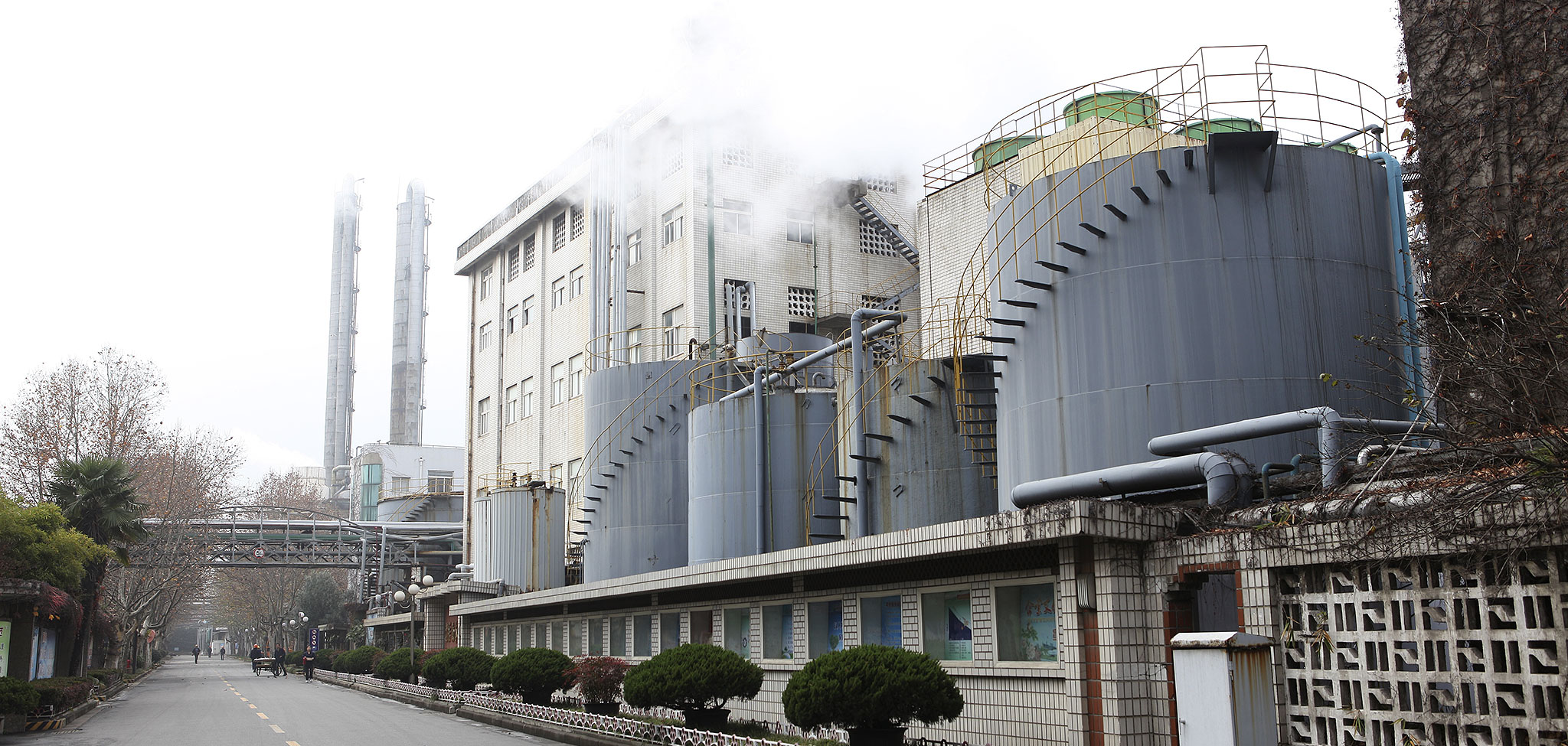China’s fertilizer industry is undergoing some major changes as one of the world’s largest consumers of fertilizers – nitrogen, phosphorus and potassium – is slowly changing its patterns of crop nutrient consumption. Out of the three fertilizer types, nitrogen accounted for about 64% of China’s total NPK crop nutrients consumed in 2014, according to the International Fertilizer Industry Association.
China remains the largest consumer of nitrogen fertilizers but it produces most of it within its borders. There are several variants of nitrogen fertilizers that are being consumed by Chinese farmers but urea is their most popular choice. In 2016, China exported almost 9 million tons of urea, a fall of 35% year-over-year. The decline in exports was due to a decrease in nitrogen capacity as the anthracite coal-based capacities were closed down in the country due to costs and environmental concerns. Despite the shutdown, pressure on prices will continue this year due to new capacity additions mainly in the United States.
Phosphate exports last year had fallen year-over-year by 18% to 9.5 million metric tons while DAP (diammonium phosphate) exports fell 15.0% year-over-year in 2016. MAP (monoammonium phosphate) exports decreased by 25.0% year-over-year, while TSP (triple superphosphate) exports fell 22.0% for the same period. Due to the shutdown, analysts predict that phosphate fertilizer exports will also take a hit, as ammonia, which is the base for nitrogen fertilizers, is required for phosphatic crop nutrients. China is not a major producer of potash but it exported 0.2 million metric tons of it last year, marking a rise of 6% year-over-year.




